10. Black Girl – Ousmane Sembene
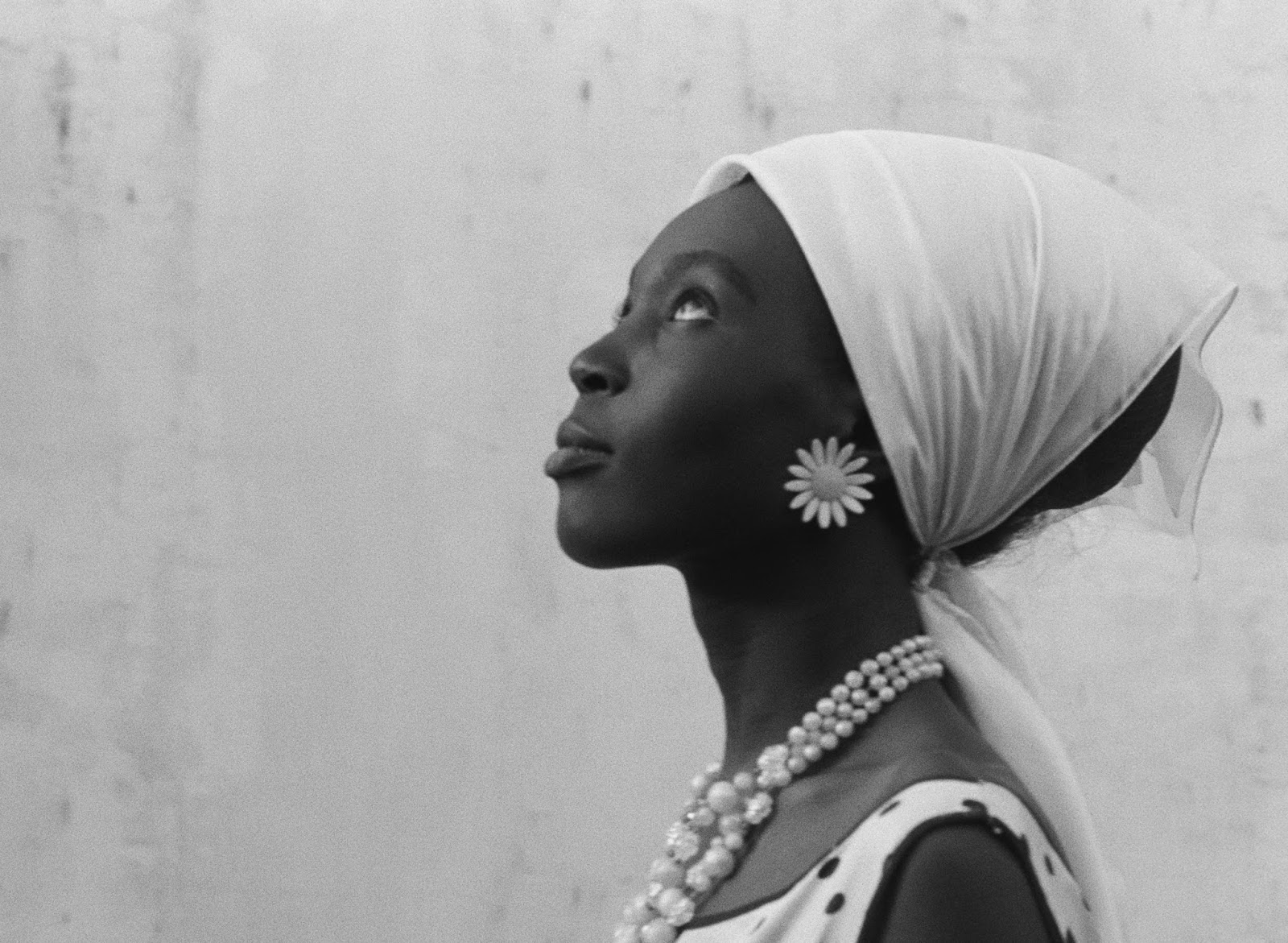
Senegalese director Ousmane Sembene became one of the first African directors to achieve international attention with films like Black Girl and Xala. Black Girl tells the story of a woman who leaves Senegal to work as a maid for a while family in France. With initial dreams of grandeur, she soon finds that life is not as she had hoped in a post-colonial France. The Criterion Collection released a new restored Blu-ray edition of Black Girl in 2017.
9. 25th Hour – Spike Lee
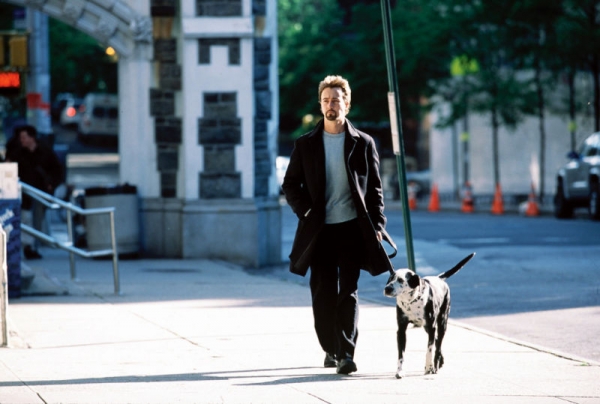
Directed by Spike Lee and starring Edward Norton, Philip Seymour Hoffman, Rosario Dawson, and Anna Paquin; 25th Hour tells the story of the last day of freedom before a convicted drug dealer begins his jail time.
Along with strong performances from its ensemble cast, the film is shot with a style unique to Lee alone, including an extraordinary scene where Norton goes into an expletive laden rant in a bathroom mirror only to conclude that he alone is to blame for his downfall. With prior films like Do the Right Thing and Crooklyn, Spike Lee has proved that he is one of the greatest directors to ever capture the uniqueness and beauty of the city of New York, and 25th Hour only adds to that repertoire.
8. O.J.: Made in America – Ezra Edelman

More than 20 years after what was described as the trial of the century, many would think that all had been said regarding O.J. and his historic murder case. In 2016 however, Ezra Edelman released this 7 ½ hour documentary through ESPN Films. O.J.: Made in America illustrates the history of racial unrest in Los Angeles from the 1960’s, to Rodney King’s beating, to the police acquittal and subsequent riots which occurred a few years before O.J.’s trial.
What may be most surprising in this epic film though is the sheer amount of people Ezra Edelman was able to interview, and how open they were in sharing their stories and opinions on camera to him. It will be of no surprise if years from now O.J.: Made in America is considered one of the greatest documentaries ever made.
7. Boyz n the Hood – John Singleton
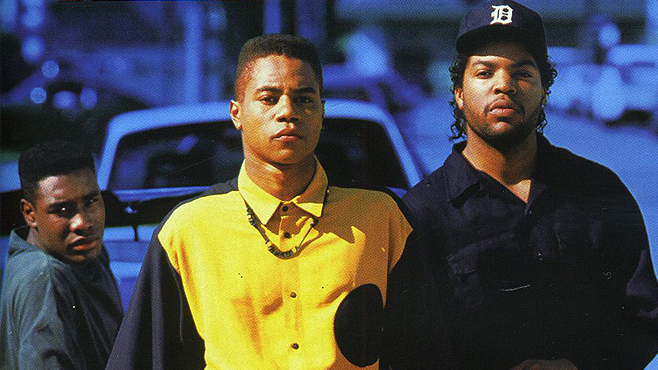
Written and directed in his directorial debut, Boyz n the Hood made John Singleton an Oscar nominee for best original screenplay, and both the youngest person and first African-American to be nominated for the best director Oscar. Along with Singleton, the film provided breakout roles for several actors including Cuba Gooding Jr, Morris Chestnut, Nia Long, and Ice Cube. Boyz n the Hood painted a picture of inner-city America that had not yet been seen by many up to the time.
The film provided a powerful examination of the options available to inner city youth, and how surrounding influences can shape an individual. Boyz n the Hood would go to influence an entire genre of “hood” drama films in the years following, but none quite have the authenticity and charisma that Boyz delivered. The Library of Congress selected Boyz n the Hood for preservation in the National Film Registry in 2002.
6. Malcolm X – Spike Lee
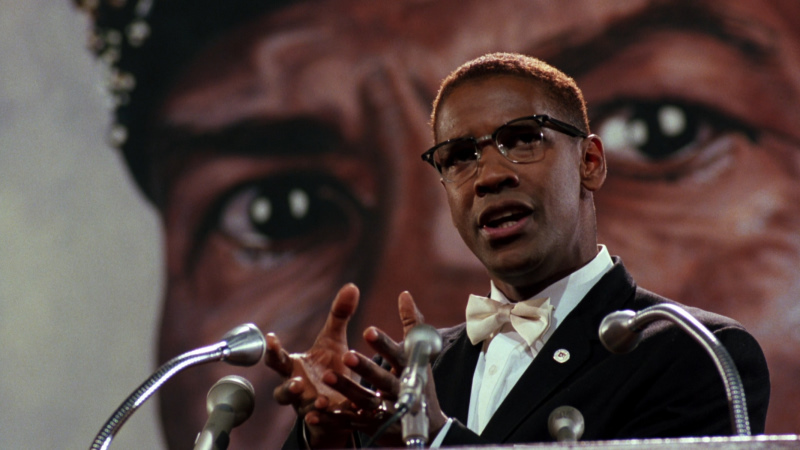
Spike Lee’s 1992 Malcolm X is not only one of the greatest films by a black director, it is also one of the greatest biographical films of all time. Clocking in at almost 3 ½ hours, the film tells a sweeping story beginning with the death of Malcolm’s father by the Ku Klux Klan, to his young adult years as a criminal and incarceration, to his conversion to the Nation of Islam, and to his pilgrimage to Mecca and conversion to the original Islamic religion.
Nominated for the best actor Oscar, Denzel Washington gives one of the greatest performances ever filmed, transforming himself into a striking resemblance of the revolutionary leader. Angela Bassett also provides a brilliant performance as Malcolm’s wife, Betty Shabazz, and would go on to star in several films soon after as a result.
Spike Lee’s choice of music in the film also stands out, in particular one of the final scenes in which Lee uses his signature dolly shot while playing Sam Cooke’s “A Change Is Gonna Come” as Malcolm heads toward what will be his final speech. Film critic Roger Ebert named Malcom X the top film of 1992 and one of the top 10 films of the decade. Malcolm X was added to the National Film Registry by the Library of Congress in 2010.
5. Love Jones – Theodore Witcher
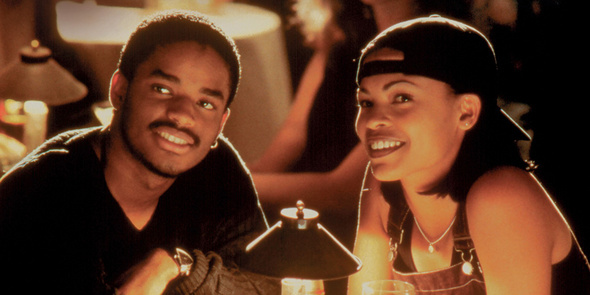
Love Jones captured a sophistication and soulfulness that would become the standard bearer for later films like Love & Basketball and Brown Sugar. This simple love story from 1997 became an instant classic particularly through its music soundtrack.
The film centers around the relationship of Darius (Larenz Tate) and Nina (Nia Long). Living in Chicago, the two spend their time attending poetry slams, visiting record stores, listening to jazz, going to steppers balls, dancing at reggae clubs, quoting philosophers, studying photography, and writing novels. It is a world of black intellectuals, artists, and teachers that was never before seen on film, and as the film critic Roger Ebert said in his review, “it shows a world more unfamiliar to moviegoers than the far side of the moon.”
With smooth soulful music from artists like Lauryn Hill, Groove Theory, Cassandra Wilson, Maxwell, and John Coltrane; the Love Jones Soundtrack became an integral part of the neo soul revival movement of the late 1990’s. The film also captured the city of Chicago with a beauty rarely seen in film before and since. This was the first and only film by Theodore Witcher, an absolute shame for such a quality directorial debut. Love Jones still feels as fresh 20 years later as it did when it was first released.
4. Moonlight – Barry Jenkins
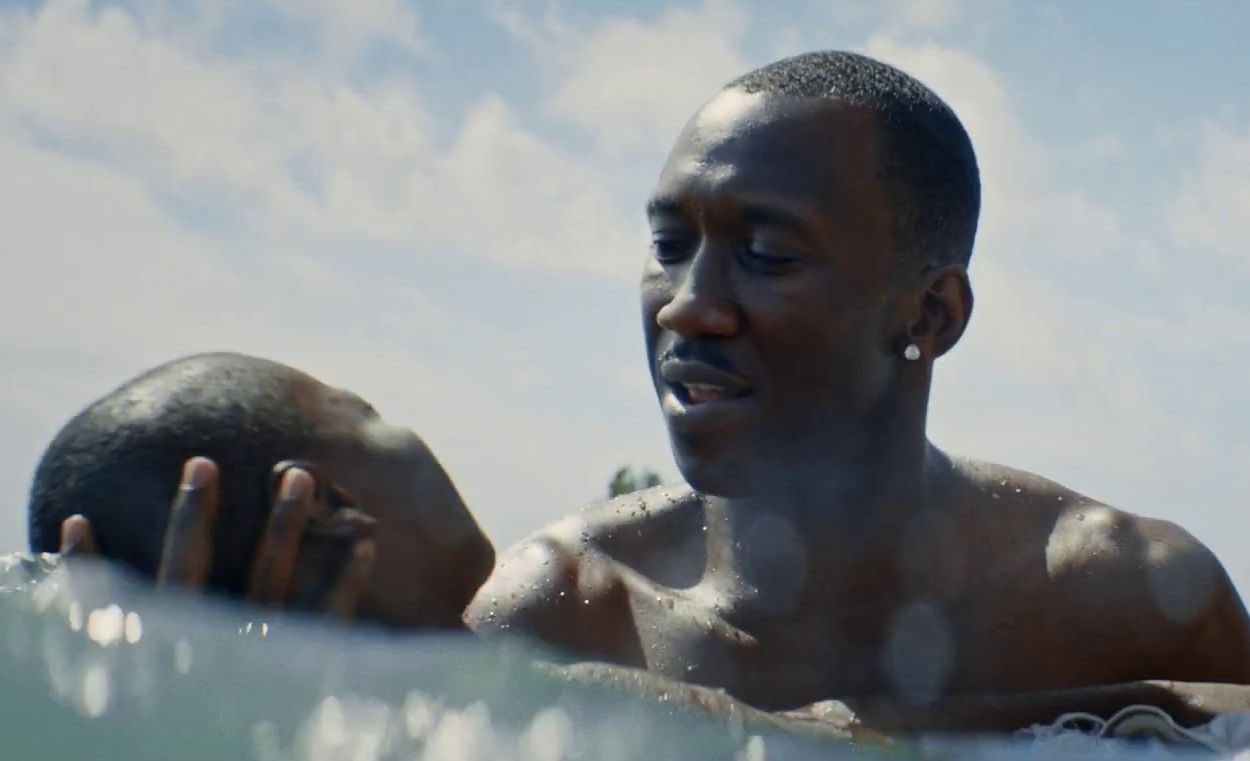
From the opening scene of Moonlight as Boris Gardiner’s “Every N*gger is a Star” plays, Barry Jenkins lets his viewers know that they are about to experience something very different. Jenkins’ second feature film Moonlight became one of the most critically acclaimed films in 2016, garnering numerous awards for the film itself, and for Jenkins and supporting actors Mahershala Ali and Naomi Harris. At the time of this writing these awards included a best picture win at the Golden Globes, and multiple SAG nominations.
Based upon the play ‘In Moonlight Black Boys Look Blue’ by Alvin McCraney, Moonlight tells a three-part story of Chiron, a poor, black, gay youth growing up in Liberty City, a poor area within Miami which both Jenkins and writer Tarell McCraney grew up. Influenced by acclaimed Chinese director Kar-Wai Wong; Jenkins’ direction offers up bold contrasts with its use of color, particularly blue and black tones, along with a shine against the actor’s skin reflecting the heat of the sun. The music of Moonlight also stands out, in particular the haunting score created by Nicholas Britell.
It is rare to see a film portray such vulnerability, depth, and humanity in a black male character. Simple scenes like children chasing after each other in the grass, a child learning how to swim, or a father figure giving advice to a child. These scenes are shown with such beauty, respect, and a quietness to make the viewer feel like they are eavesdropping in on a conversation or experience. Written, directed, and starring an all-black cast, Moonlight is a rare gem of a film, and with its success, hopefully this type of film will not be so rare in the near future.
3. 12 Years a Slave – Steve McQueen
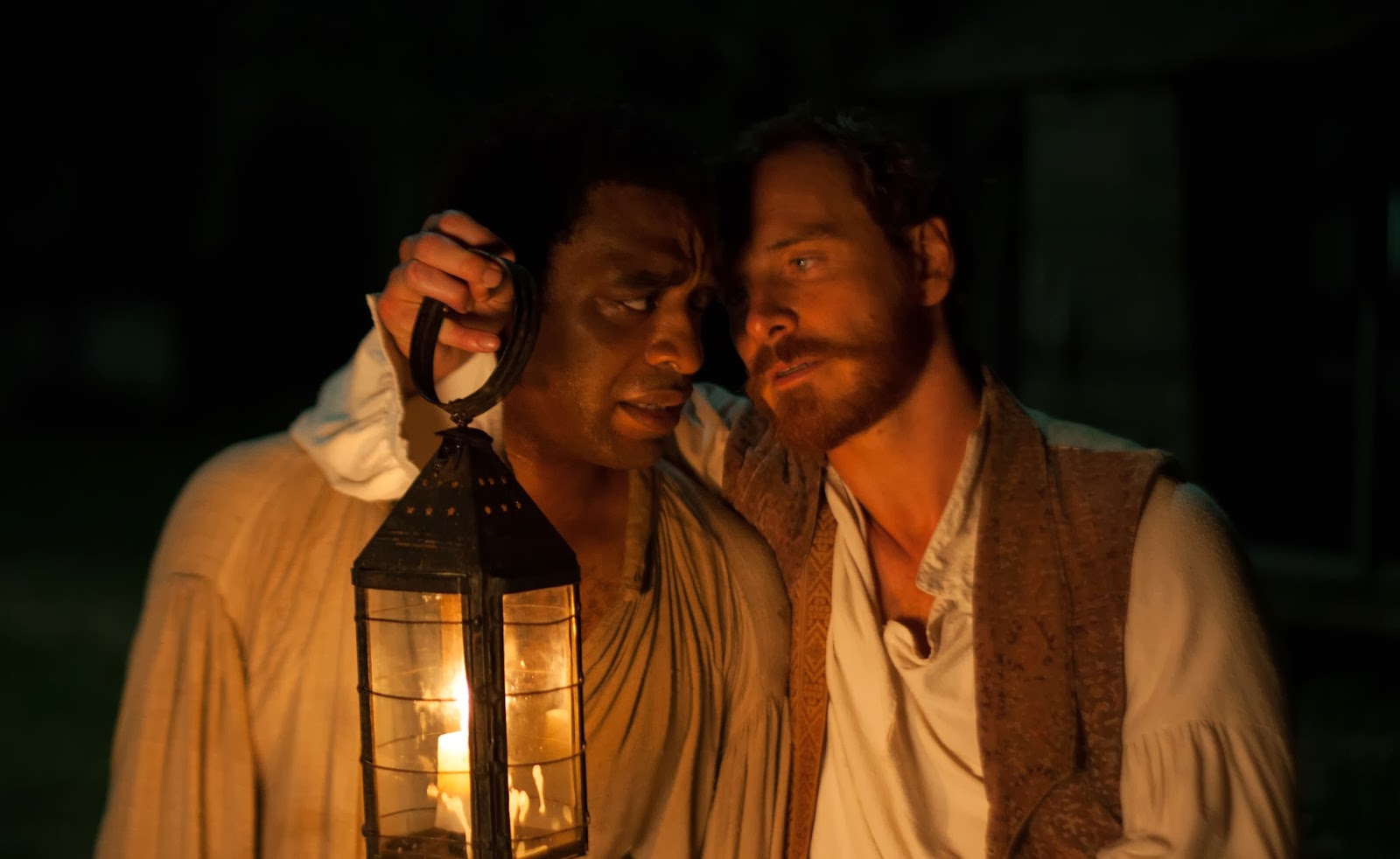
12 Years a Slave racked up the awards upon its release in 2013, winning the Oscar for best picture of the year, best adapted screenplay, and best supporting actress for Lupita Nyong’o. The movie made Steve McQueen the first black director to direct an Oscar winning best picture film. Based on the memoir of the same name, 12 Years a Slave tells the true story of Solomon Northup, a free black man from the north who is kidnapped and sold into slavery in Louisiana.
The film features four particularly outstanding performances by Chiwetel Ejofor, Michael Fassbender, Sarah Paulson, and Lupita Nyong’o. Chiwetel Ejiofor, who plays the role of Solomon, performs with a subtlety and depth that is compelling and masterful. Lupita Nyong’o’s role as Patsey, a true character from the memoir of Solomon, is devastating in her transformation from an innocent care-free young adult, to an abused slave master mistress. 12 Years a Slave may very well be the defining slave biopic for years to come, placing a stamp on the subgenre that all other films will be compared to going forward.
2. Do the Right Thing – Spike Lee
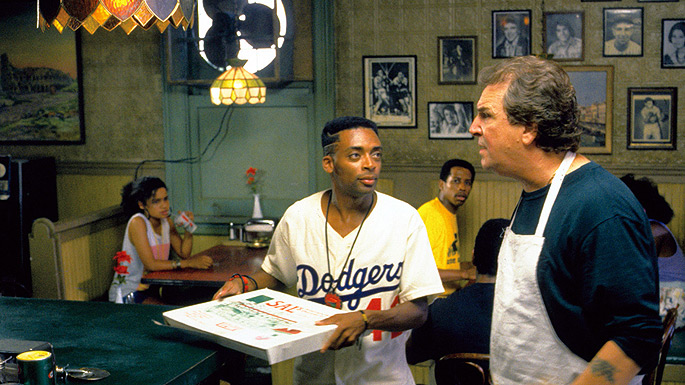
1989’s Do the Right Thing, Spike Lee’s third feature film, is one of the greatest and most important films in cinema history. Lee produced, wrote, directed, and even acted in the film, playing the part of Mookie, a delivery man working for the Italian pizzeria in his Bedford-Stuyvesant, Brooklyn neighborhood.
Set with a backdrop of the hottest day of the year, the film explores racial dynamics within the neighborhood, culminating in a tragedy on the same night. Along with Lee, the film includes John Turturro, Danny Aiello, Ossie Davis, Ruby Dee, Bill Nunn, Robin Harris, Samuel L. Jackson, Giancarlo Esposito, and Rosie Perez and Martin Lawrence in their first film. Lee balances humor and anger between the local residents encounters with each other throughout the day.
He also uses vibrant color schemes involving red, yellow, and orange to portray the heat of the summer and the fire within the resident’s emotions. Lee does not put the blame on any particular group in the film, and no one is perfect. Instead he shows empathy with the varying people among the community, and offers up no answers in the end. The ending of the film provides us with quotes of varying perspectives on violence from iconic civil rights leaders Martin Luther King Jr. and Malcolm X, ultimately fading to a picture of the only time the two martyrs ever met, smiling and shaking hands.
Looking for theme music to his movie, Spike Lee reached out to Public Enemy who in turn conceived “Fight the Power”, a protest anthem that embodied the spirit of the film. “Fight the Power” went on to become Public Enemy’s most recognizable song, winning acclaim over the years as one of the great songs of all time by various music critics and publications.
Among those accolades were Rolling Stone Magazine which named it among the top 500 songs of all time, the American Film Institute (AFI) which named it as one of the top 100 songs in American cinema, TIME Magazine which named it as one of the top 100 songs of all time, the Recording Industry Association of America which named it among its list of songs of the century, and Time Out Magazine which name it #1 from its list of the ‘Songs That Changed History’.
As far as the film itself, Do the Right thing would go on to be declared the best film of 1989 by film critics Siskel & Ebert, and would be included among several all-time films lists over the years. Some of these lists include the American Film Institute (AFI) top 100 films of all time, British Film Institute (BFI) Sight & Sound top 250 films of all time, Metacritic top 100 films of all time, The National Society of Film Critics’ 100 Essential Films, Empire Magazine’s top 500 greatest movies of all time, Roger Ebert’s “Great Movies” list, and among the top 150 films of all time from over 6,700 film lists compiled by the website “They Shoot Pictures, Don’t They?”.
1. Killer of Sheep – Charles Burnett
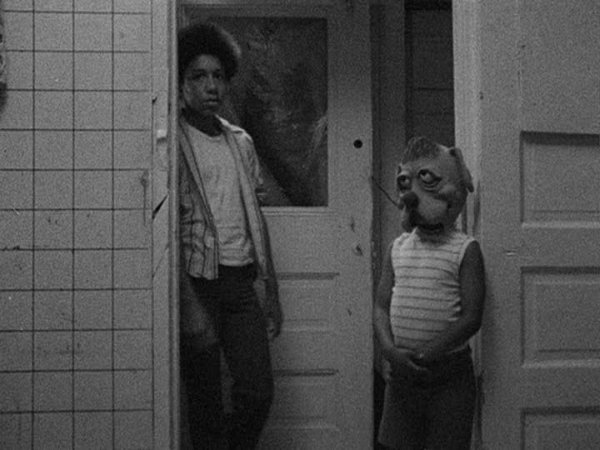
Charles Burnett’s 1978 debut film Killer of Sheep was primarily an inaccessible film for much of 30 years due to issues securing the rights to music included in its soundtrack. Finally, in 2007 with help from a donation from filmmaker Steven Soderbergh, the film was restored and released on DVD. Made with only $10,000, Killer of Sheep was Burnett’s master’s thesis at his UCLA film school.
Filmed in the Watts area of Los Angeles with mostly all non-actors, the film provides an intimate glimpse into the lives of a family living in poverty, and the effects poverty has on their day to day lives. At the center of the film is Stan, a slaughterhouse employee who comes home each day exhausted from work, only to do more work repairing things around the house. He is tired, broken down, dissatisfied with life, and emotionally and physically disconnected from his wife. Burnett made the film as response to the 1970’s Blaxploitation era in film, where black men were portrayed as drug dealing, women pimping, supermen.
In the context of today’s cinema, Killer of Sheep can be a somewhat challenging film to watch. There is no specific plot or climatic buildup, instead the film respects the ordinary and mundane aspects of life.
The camera eavesdrops as Stan’s wife checks her makeup before Stan comes home, Stan’s young daughter walks around with a rubber mask over her head, boys compete to see who can stay upside down the longest, a group of kids dangerously jump between housing roofs, a friend comes by the house to announce her pregnancy. Burnett also stated that he intended to make the film as a history of African-American music, and the music within the film is matched masterfully with some of its most memorable scenes.
Paul Robeson’s “That’s America To Me” is heard while children play with rocks along a train track. Earth Wind & Fire’s “Reasons” is sung by Stan’s young daughter as she sits and plays with her doll, her mother then stops by to observer her singing and smiles. Dinah Washington’s “This Bitter Earth” is used twice in the film, first as Stan and his wife dance in the shadows of the house; his wife cherishes this rare moment of affection from her husband, but Stan eventually withdraws from her embrace and leaves the room. The song is used again in the final scene of the film as sheep are herded to their death, a possible allegory for Stan and the cycle of poverty itself.
Killer of Sheep was among the first 50 films to be added to the National Film Registry by the Library of Congress for preservation, and as the film became more accessible over the years, has appeared more in culture and among all-time film lists. Director David Gordon Green cited the film as an influence in his critically acclaimed 2000 film ‘George Washington’. Hip Hop star Mos Def used the iconic shot of a boy jumping between roofs as the cover art for his 2009 album, “The Ecstatic”.
The National Society of Film Critic’s included Killer of Sheep among its 100 Essential Films, along with the British Film Institute (BFI) Sight & Sound top 250 films of all time, TIME Magazine top 100 films of all time, Roger Ebert’s “Great Movies” list, and among the top films of all time from over 6,700 film lists compiled by the website “They Shoot Pictures, Don’t They?”. In 2015 the BBC named Killer of Sheep as the 26th greatest American movie ever made.